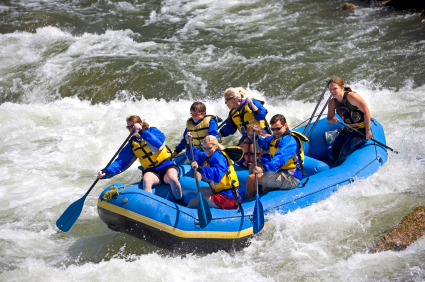Location
Let it be known, Golden Gate is not a gate and it is not golden. Instead, it is the most iconic bridge in the world and a famous landmark of San Francisco.
It opened in 1937 and had, until 1964, the longest suspension bridge main span in the world, at 4,200 feet (1,300 m). It has been declared one of the Wonders of the Modern World by the American Society of Civil Engineers. Today around 110 000 vehicles cross the bridge every day to get from San Francisco to Marin County or vice versa.
The colour of the bridge has become world famous and is called “international orange”. 38 painters work continuously to touch up the paintwork where it becomes seriously corroded.
The bridge has also the questionable honor to be the second most used suicide site of the world, after Nanjing Yangtze River Bridge in China. Just before reaching 1000th suicide in July 1995 the officials stopped counting the victims. Toda it is estimated that suicide is committed from the bridge once every two weeks.
Taking public transit to the Golden Gate Bridge is the best way to get to the Bridge because parking is extremely limited. There are several buses from downtown, Union Square, Civic Center and Fisherman’s Wharf.
The bridge has walkways on either side of the six vehicle traffic lanes and these open and free for everyone to wander.
The Bridge Pavilion at the southern end of the bridge welcomes visitors, provides orientation and information services and houses exhibits. The Pavilion also showcases the original 12-foot stainless steel Bridge private://test towerprivate:// used in 1933.
Free to walk on the bridge on our own. Private tours available for charge.

















